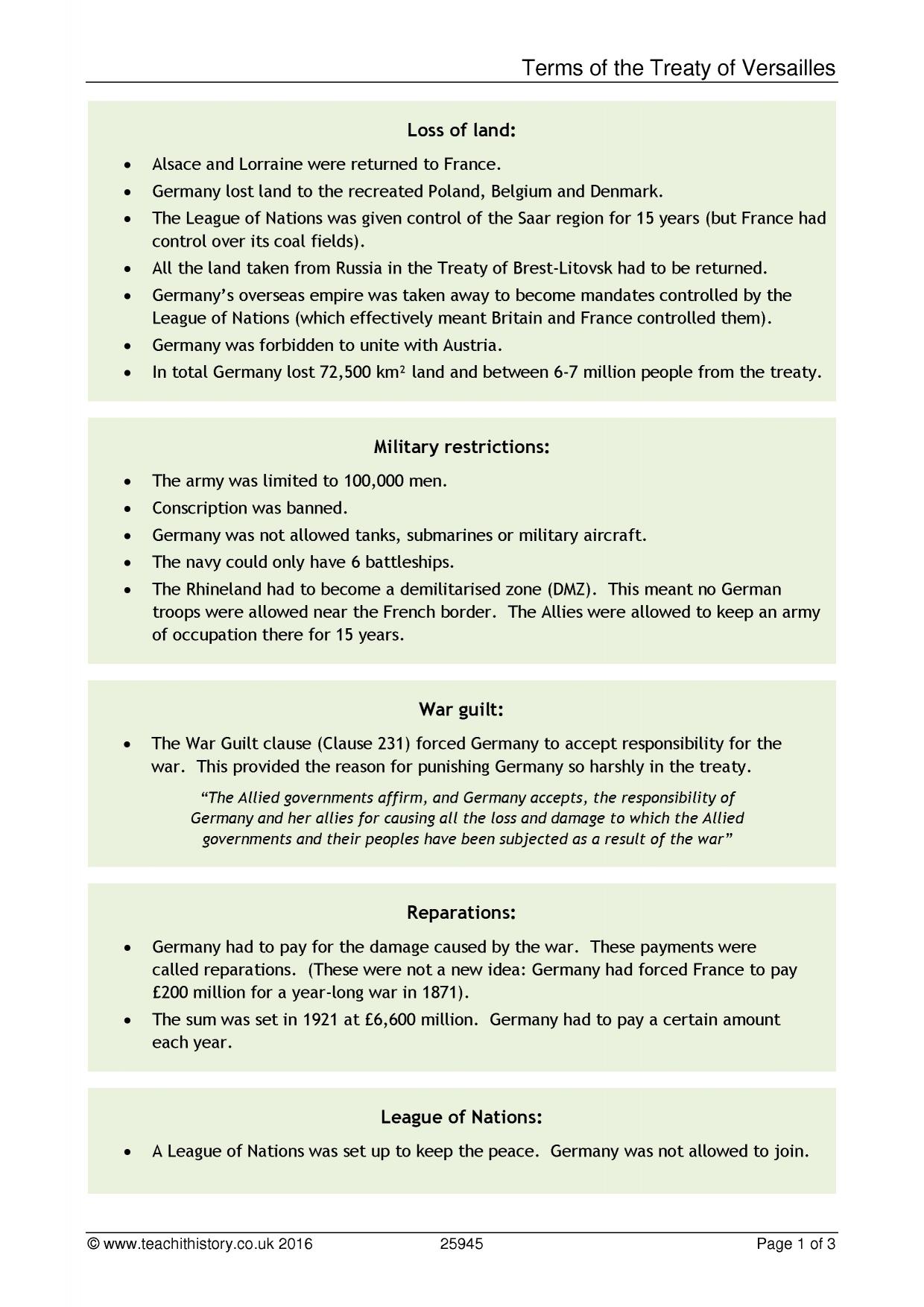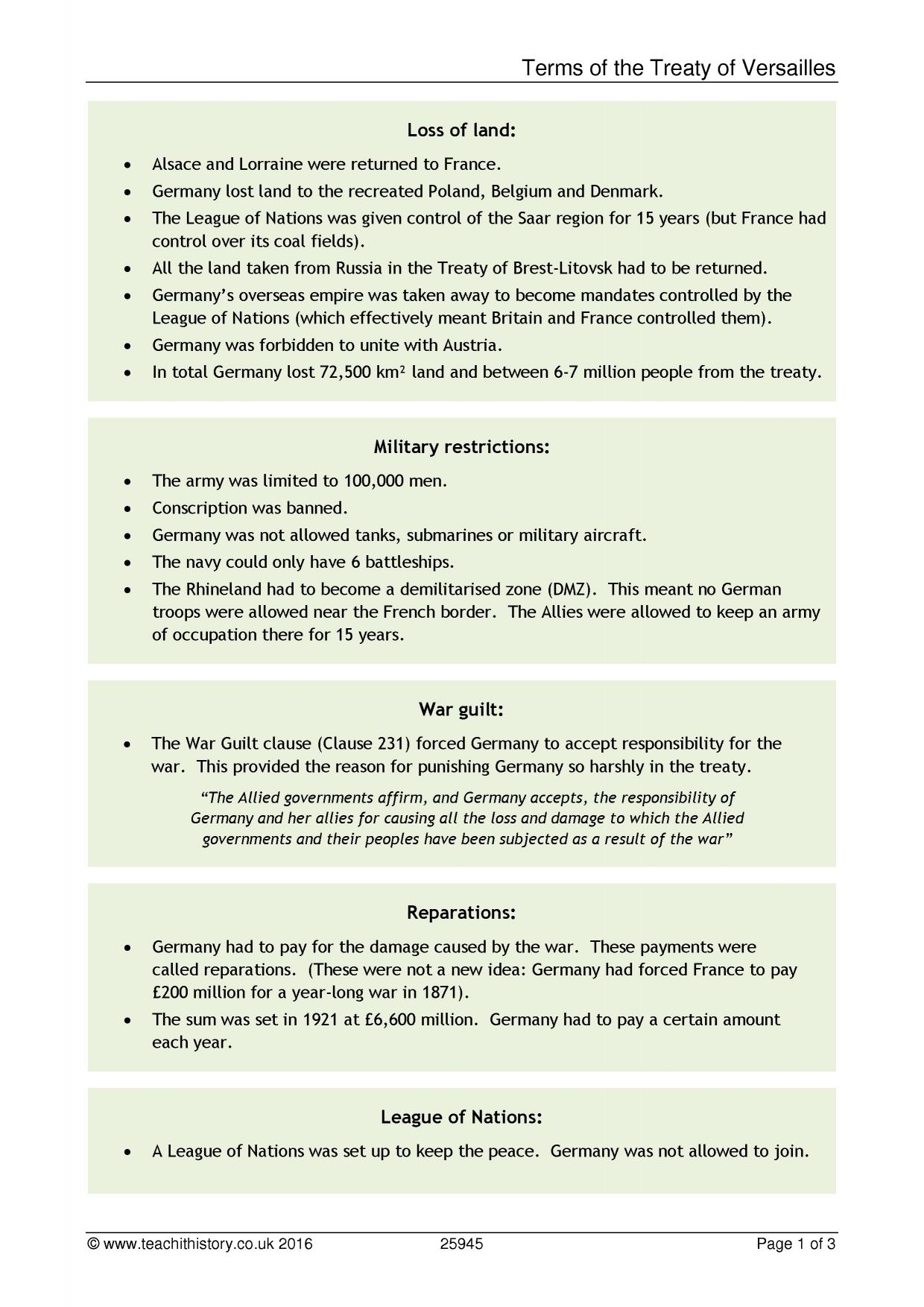Humanities Revision - Weimar Germany
1/29
There's no tags or description
Looks like no tags are added yet.
Name | Mastery | Learn | Test | Matching | Spaced |
|---|
No study sessions yet.
30 Terms
What was the Weimar Republic?
It was the name given to the German government between 1919 (and the end of 1918) - 1933.
In what year was the Weimar Republic established?
9th November 1918
Why was it called the “Weimar” Republic?
Its name comes from the town of Weimar in central Germany where the constitutional assembly met.
Who was the German leader that abdicated in 1918?
Kaiser Wilhem II
On 9 November 1918, having lost the support of the military, and with a revolution underway at home, Kaiser Wilhelm II was forced to abdicate his throne.
He fled Germany for Holland.
What type of government did the Weimar Republic have?
Democratic government.
It was Germany’s first democracy, with elected leaders, a parliament (Reichstag), and a constitution that gave people rights and freedoms.
What was the name of the German parliament during the Weimar period?
Reichstag
What was Article 48 of the Weimar Constitution?
A clause in the Weimar Constitution allowing the President to rule by emergency decree without the Reichstag’s approval during a national crisis.
What is proportional representation?
Proportional representation is an electoral system where parties win seats in proportion to the number of votes they receive.
If a party gets 30% of the vote, it should get roughly 30% of the seats in parliament.
What was the “Stab-in-the-Back” myth?
The “Stab-in-the-Back” myth was a false idea spread in Germany after World War I. It claimed that Germany didn’t lose the war on the battlefield, but was betrayed by people at home—especially politicians, Jews, and communists—who supposedly made Germany surrender.
This myth was used by right-wing groups to blame others for Germany’s defeat and to attack the democratic Weimar Republic. It wasn’t true, but it became very powerful and helped the Nazis gain support later.
Who were the “November Criminals?”
The “November Criminals” were the German leaders who signed the World War I armistice in November 1918.
What was the Treaty of Versailles and how did it affect Germany?
The Treaty of Versailles was the peace agreement signed in 1919 that officially ended World War I and punished Germany.

What were reparations?
Payments that Germany was required to make to the Allied powers for war damages.
What happened in the Ruhr in 1923?
In 1923, France and Belgium invaded the Ruhr, Germany’s industrial region, because Germany couldn’t pay its war reparations (missed one in Janurary). German workers went on strike, and the government printed more money to support them — this caused hyperinflation, where money be
What is hyperinflation?
Hyperinflation is when the prices of goods and services rise more than 50 percent a month.
The severity of price increases distinguishes it from the other types of inflation.
What was the Dawes Plan?
The Dawes Plan, created by American banker Charles Dawes in 1924, was an agreement between Germany and the Allies that helped solve the problem of French troops in the Ruhr by allowing Germany to pay only what it could afford, with more time to pay — leading to the French leaving.
Some Germans felt Stresemann gave in too easily by not demanding an end to reparations altogether.
How did the Treaty of Versailles weaken the Weimar Republic?

Why did the occupation of the Ruhr lead to hyperinflation?
The occupation of the Ruhr led to hyperinflation because Germany stopped producing goods but kept printing money to pay striking workers.
When France and Belgium took over the Ruhr in 1923, German workers went on strike.
The government paid them by printing more money, but with fewer goods being made and more money in circulation, prices shot up.
How did hyperinflation affect ordinary Germans?
Money became almost worthless
Prices rose so fast that people needed wheelbarrows of cash just to buy basic items like bread or milk. The German mark lost nearly all its value.
Savings were wiped out
People who had saved money for years suddenly found it was worth nothing. Middle-class families lost their life savings overnight.
Wages couldn’t keep up
Workers were paid daily instead of weekly, but even then, their wages lost value within hours. By the time they bought food, prices had already gone up.
Basic items became unaffordable
Everyday goods like eggs, meat, and shoes became too expensive for most people. Some shops changed prices several times a day.
People used bartering
Instead of using useless money, people traded items like clothes, coal, or food to get what they needed. Money was no longer trusted.
Middle-class families suffered most
Unlike the poor, who had little to lose, and the rich, who had assets abroad, the middle class lost homes, businesses, and status.
Anger grew
Many Germans blamed the Weimar government for the crisis. This led to growing support for extremist parties like the Nazis and Communists, who promised change.
What was the Munich Putsch and what happened to Hitler afterward?
The Munich Putsch was a failed attempt by Hitler and the Nazis to take over the German government in 1923.
They tried to start a revolution in Munich but were stopped by the police.
Hitler was arrested, put on trial, and sent to prison for 9 months. While in jail, he wrote a book called Mein Kampf, (My Struggle), which explained his ideas.
After that, Hitler decided to try gaining power through elections instead of violence.
How did the Dawes Plan help stabilize the German economy?
The Dawes Plan helped Germany by making reparations easier to pay, giving loans from the U.S., and ending the French occupation of the Ruhr.
This made the economy stronger, factories reopened, and people had jobs again.
It led to a period from 1924 to 1929 called the Golden Years, when Germany was more stable, life improved, and people had more hope.
Who was Gustav Stresemann and what were his contributions to Weimar Germany?
Gustav Stresemann was a German politician who helped fix Germany’s economy and improve its reputation after the crisis of 1923. He was Chancellor for a short time and then Foreign Minister until 1929.
✅ Stresemann’s Contributions to Weimar Germany
Stopped hyperinflation
He introduced a new currency called the Rentenmark to make money stable again.
Solved the Ruhr Crisis
He ended the workers’ strike and helped create the Dawes Plan, which made reparations easier and brought U.S. loans.
Improved Germany’s image abroad
He signed the Locarno Pact in 1925, promising peace with France and Belgium.
Got Germany into the League of Nations
In 1926, Germany joined the League, showing it was trusted again.
Helped reduce reparations
He supported the Young Plan in 1929, which lowered how much Germany had to pay.
Led the “Golden Years” (1924-1929)
What was the Rentenmark and why was it introduced?
The Rentenmark was a new type of money introduced in Germany in 1923 to stop hyperinflation.
The old money had become useless, so the government made the Rentenmark to help prices go back to normal and make people trust money again.
One Retenmark replaced 1000 billion marks.
What was the “Golden Era” of Weimar Germany?
The “Golden Era” of Weimar Germany was the period from 1924 to 1929 when the country became more stable, prosperous, and respected after years of crisis.
How did the Weimar Republic improve its international relations in the 1920s?
The Locarno Pact was signed in 1925 between Germany, France, Belgium, and other European countries. Germany agreed to respect its western borders with France and Belgium, which helped reduce tensions and fears of another war. In return, the Allies promised not to invade Germany again. This pact made Germany seem more peaceful and trustworthy, and it marked the beginning of better relations with its neighbours.
The Kellogg-Briand Pact was signed in 1928 by Germany and over 60 other countries. In this agreement, all the countries promised not to use war to solve international problems. Although the pact didn’t include punishments for breaking the promise, it was still important because it showed Germany was serious about peace and wanted to be part of the global community.
Germany joined the League of Nations in 1926, which was a big step forward. The League was an international group that worked to keep peace and solve problems between countries. By joining, Germany ended its isolation after World War I and became a respected member of the world again. This helped improve its reputation and gave it a voice in international decisions.
What was the Locarno Pact and why was it important?
The Locarno Pact was signed in 1925 between Germany, France, Belgium, and other European countries. Germany agreed to respect its western borders with France and Belgium, which helped reduce tensions and fears of another war. In return, the Allies promised not to invade Germany again. This pact made Germany seem more peaceful and trustworthy, and it marked the beginning of better relations with its neighbours.
What were some cultural achievements during the Weimar “Golden Era”?
(1924–1929), Germany became a global centre for creativity, with major achievements in art, architecture, silent film, jazz music, and literature. Berlin especially flourished as a hub of modern culture and bold experimentation.
Why did some Germans dislike the cultural changes of the 1920s?
They felt the new art, music, and lifestyles were too modern, immoral, or un-German.
These changes clashed with traditional values, especially among older, rural, and conservative groups.
How did the Great Depression affect the Weimar Republic?
U.S. loans stopped after the 1929 Wall Street Crash, collapsing Germany’s economy.
Unemployment soared — over 6 million Germans were jobless by 1932.
Poverty and hunger spread, and many lost faith in the Weimar government.
The government couldn’t fix the crisis, leading to political deadlock and emergency rule.
Support for extremist parties like the Nazis grew, as they promised jobs and strong leadership.
Why did extremist parties gain support after 1929?
The Great Depression caused huge problems After the Wall Street Crash, Germany’s economy collapsed. Millions lost their jobs, and many families couldn’t afford food or rent.
People lost trust in the Weimar government The government didn’t solve the crisis. Leaders argued, and President Hindenburg had to use emergency powers. Democracy seemed weak.
Extremist parties made strong promises The Nazis promised jobs, strong leadership, and to cancel the Treaty of Versailles. The Communists promised equality and help for workers.
Fear of communism helped the Nazis Many middle-class Germans were scared of a Communist revolution. They supported the Nazis to stop it.
Hitler and Nazi propaganda were powerful Hitler gave passionate speeches and gave people hope. The Nazis used posters, rallies, and radio to spread their message.
What were the main weaknesses of the Weimar Republic’s political system?
The Weimar Republic had a weak political system.
There were too many small parties, so it was hard to form strong governments. Leaders kept changing, and the government often couldn’t agree on what to do.
The president had special powers to make laws without asking parliament, which made democracy weaker.
Many people didn’t trust the new system and wanted the old way back.
Extremist parties like the Nazis and Communists could win seats and spread their ideas. All of this made the Republic unstable and easy to take over.